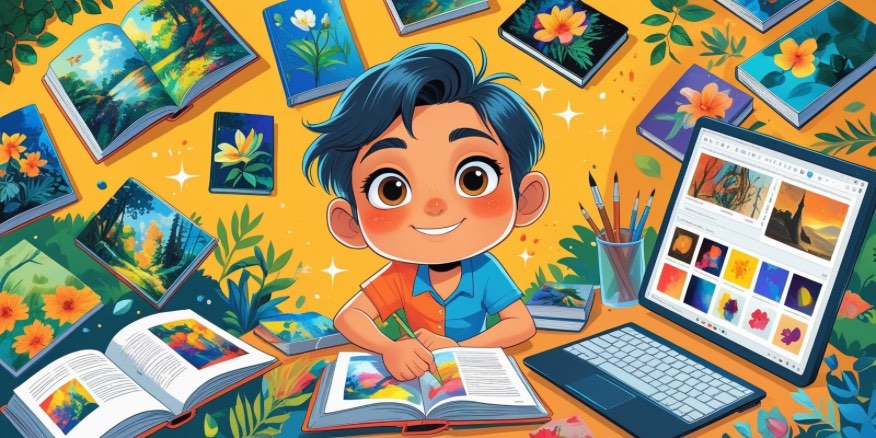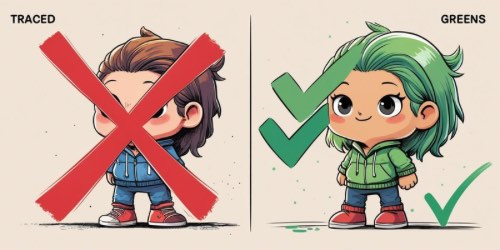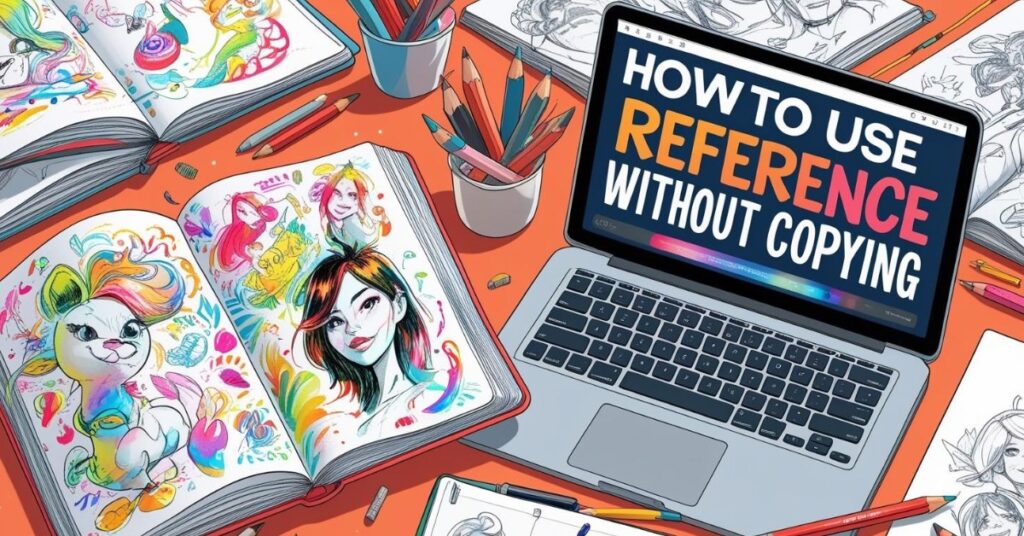Why Use Reference in the First Place?
If you’re just getting into drawing or animation, you’ve probably heard advice like “use reference” or “don’t draw from memory.” But then, almost in the same breath, someone warns, “Don’t copy!” That can be confusing. What’s the line between referencing and stealing? The truth is, using reference is a smart and essential part of learning—when done right, it builds your skills faster and boosts your originality over time.

What Counts as Reference?
A reference is anything you look at to help guide your drawing or animation. It could be:
- A photo of a dog you want to draw
- A video of someone jumping so you can animate the timing
- Artwork you admire, used to study style or design
Reference is like a map—it helps you understand what things actually look and move like. The key is to use that map to find your own path, not to trace someone else’s.
How to Use Reference Without Copying
Here are some beginner-friendly ways to use references ethically and creatively:
- Use multiple sources: Don’t rely on one image. Mix several references to create something new—like combining the pose of one character with the outfit of another.
- Change the context: If you’re referencing a dancer’s pose, turn them into a robot or monster. This pushes you to adapt the reference instead of duplicating it.
- Study, then draw from memory: Look at a reference, study it, and then hide it. Try redrawing from what you remember to build your visual memory.
- Break down the structure: Focus on the pose, gesture, or proportion—not the surface details. Learn *why* something looks the way it does.
- Use reference as inspiration: Instead of copying a cool character design, ask what makes it work. Is it the shape? The contrast? Then try applying that idea to your own creation.
These practices help you absorb visual knowledge while still making original work.

But What About “Style Theft”?
It’s totally okay to imitate artists as a learning exercise—just don’t post it as your own. If you study someone’s art style, always credit them and don’t monetize the study. Over time, your style will naturally become a blend of everything you’ve practiced. Just like writers learn by reading, artists grow by analyzing and reinterpreting.
Tools to Help You Use Reference Better
Here are some beginner-friendly tools and platforms that can level up your referencing game:
- Line of Action: Timed figure drawing, gestures, and poses
- QuickPoses: Random reference image generator for fast practice
- Pinterest: Build reference boards for inspiration (not duplication)
- JustSketchMe: Poseable 3D mannequins for anatomy and lighting
These tools let you explore reference without feeling stuck or tempted to copy directly.
Final Thoughts
Using reference isn’t cheating—it’s what professionals do every day. The real trick is learning how to *interpret* what you see, not just duplicate it. Think of reference like training wheels: they help you ride farther, faster. But as your skills grow, you’ll lean on them less and rely more on your creative instincts. Just keep drawing, keep observing, and keep creating things that feel like you.


























